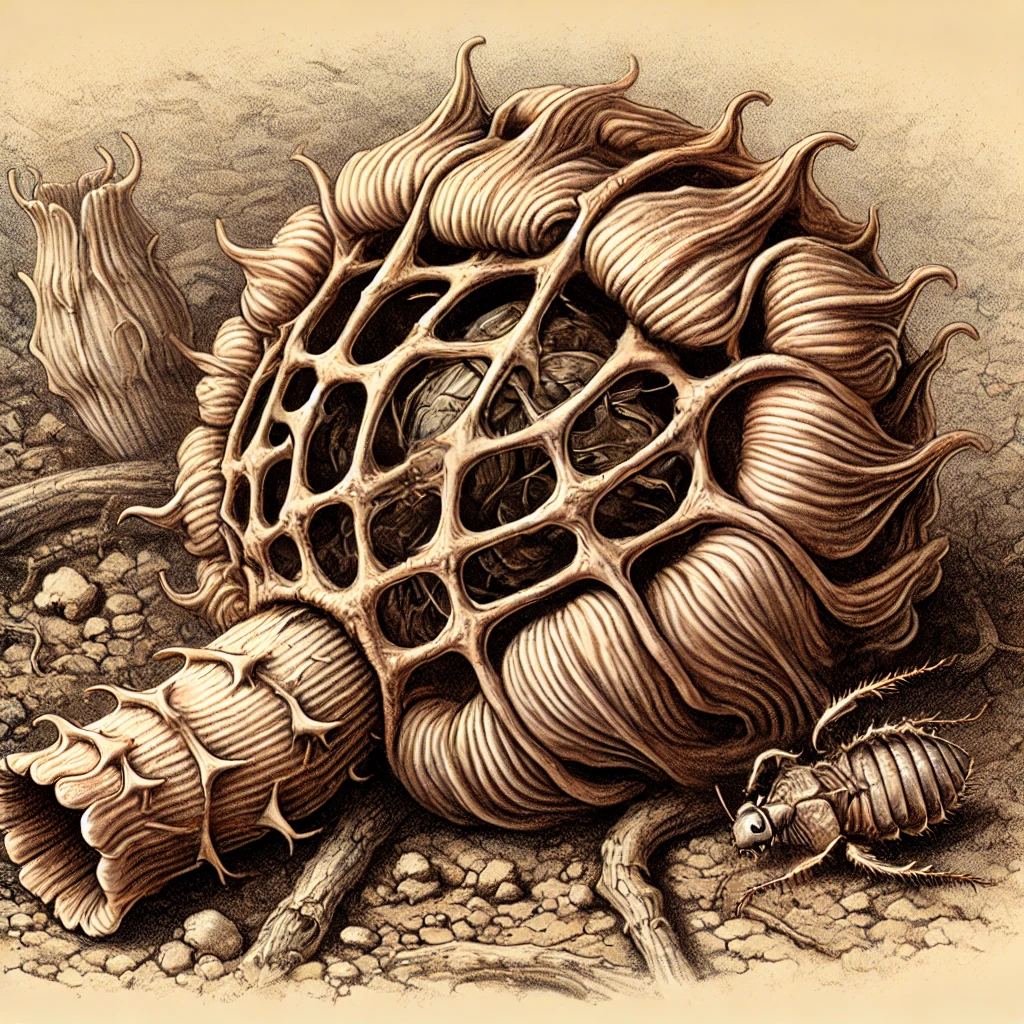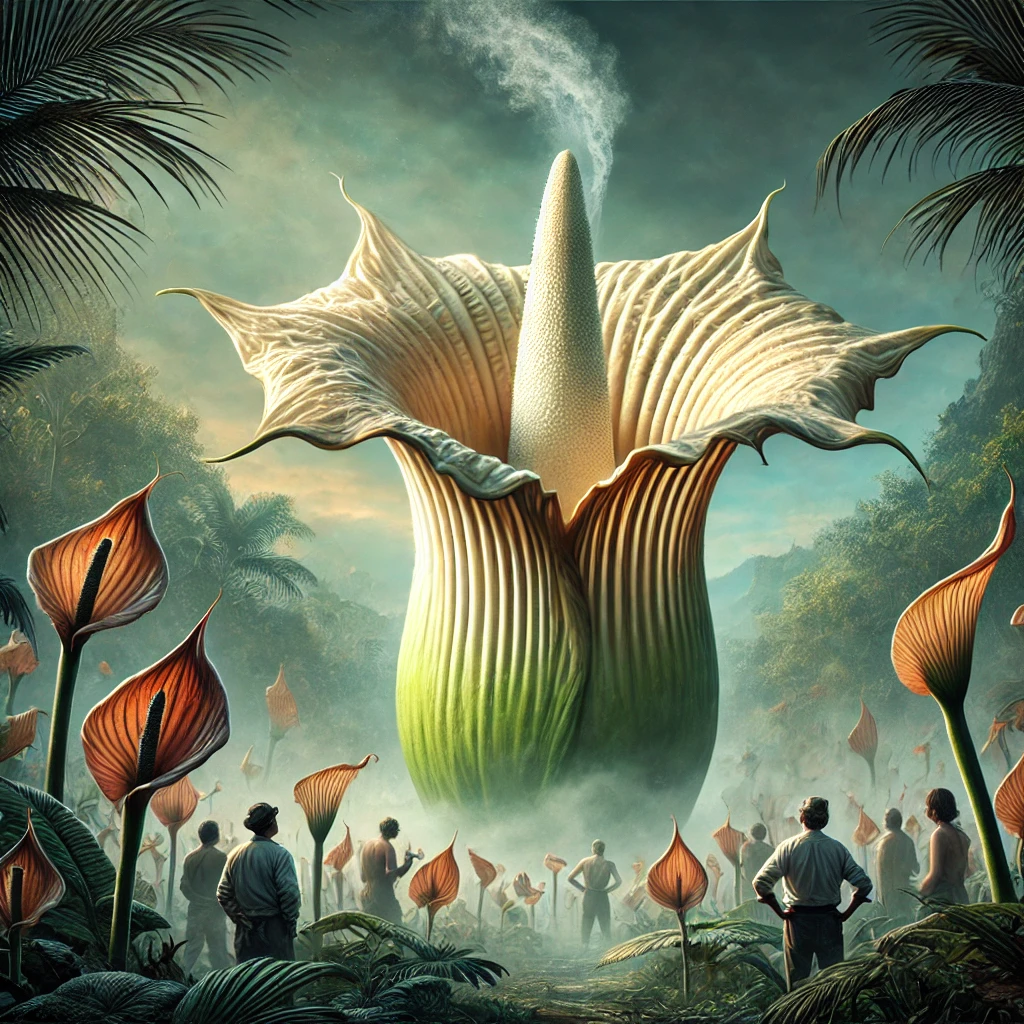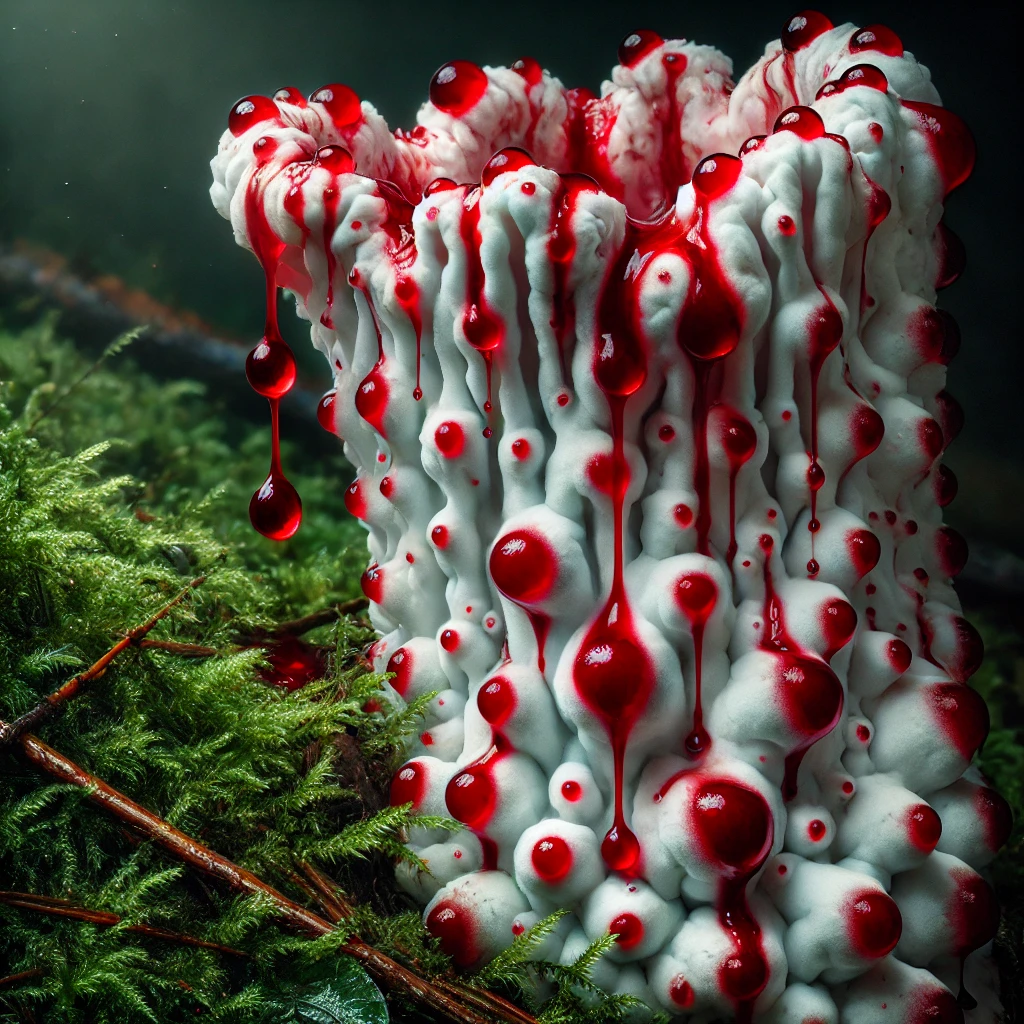
When you think about plants, you might picture serene greenery or peaceful flower gardens. But the plant kingdom is far from ordinary! Beneath their calm exterior, plants are engaged in extraordinary behaviors, secret communication, and evolutionary quirks that rival the most imaginative sci-fi tales. From “vampire” plants to self-destructive defense mechanisms, let’s explore the strange and wondrous world of our leafy companions.
Plants That Talk (and Listen!)

Did you know plants can “communicate” with each other? Through underground networks known as mycorrhizal fungi—or the “Wood Wide Web”—plants share information about their environment. When under attack by pests, some plants release chemical signals into the air to warn their neighbors. These signals trigger nearby plants to ramp up their defenses, producing chemicals to repel predators.
But plants don’t just warn each other; they also eavesdrop! A fascinating study revealed that some plants can detect the sounds of chewing caterpillars. Upon hearing these vibrations, they preemptively release toxins to deter the insects—even before the attack begins. It’s like a silent, chemical-coded game of telephone.
The Walking Palm: A Tree That “Moves”

Deep in the rainforests of Central and South America grows the Socratea exorrhiza, also known as the “walking palm.” Legend has it that this tree can “walk” by growing new roots in the direction of sunlight, while abandoning older roots. Though it doesn’t exactly sprint across the jungle floor, this gradual “movement” helps the tree adapt to its ever-changing environment. The idea of a tree that can slowly inch its way to better living conditions sounds like pure fantasy, but some scientists believe it could have a grain of truth.
Zombie Plants: The Living Dead

The parasitic plant Hydnora africana could easily be mistaken for something out of a horror movie. Native to Southern Africa, this eerie plant spends most of its life underground, only emerging to bloom. Its fleshy, cage-like flowers emit a pungent odor akin to rotting flesh—a trick to attract pollinators like dung beetles. Once inside, the beetles are temporarily trapped, ensuring they pick up pollen before their escape. It’s a macabre yet ingenious way to ensure survival.
Exploding Plants: Nature’s Fireworks

If you think fireworks are purely a human invention, think again! The sandbox tree (Hura crepitans), also called the “dynamite tree,” is infamous for its explosive seed pods. Found in tropical regions, the tree’s pods can launch seeds at speeds of up to 160 miles per hour, scattering them as far as 130 feet. The loud “bang” of the pod explosion is a startling reminder of nature’s raw power and creativity.
The Corpse Flower: A Malodorous Marvel

No list of bizarre plants would be complete without mentioning the titan arum (Amorphophallus titanum), also known as the “corpse flower.” Famous for its colossal size and foul odor, this plant blooms rarely—sometimes only once every decade. When it does, the flower emits a scent resembling rotting meat to attract carrion beetles and flesh flies, its primary pollinators. Despite its stench, the corpse flower draws crowds of admirers whenever it blooms, proving that beauty is in the nose of the beholder.
Plants with a Death Wish

Perhaps the most shocking phenomenon in the plant kingdom is the suicidal defense mechanism of the “bleeding tooth fungus” (Hydnellum peckii). While technically not a plant but a fungus, it shares the soil with its leafy companions and has a unique self-sacrificing trait. When under threat, this fungus exudes a bright red liquid that contains chemicals toxic to its predators. The sight of this liquid seeping from the fungus’s surface resembles drops of blood—both creepy and fascinating.
Clever Carnivores

Carnivorous plants like Venus flytraps and pitcher plants are well-known, but their hunting methods are nothing short of extraordinary. The Nepenthes genus, or tropical pitcher plants, use sweet nectar to lure insects into their slippery, vase-like traps. Once inside, the prey slides into a pool of digestive enzymes. Some larger species have even been found digesting small mammals and reptiles. These green predators showcase the brutal survival instincts that lurk beneath the plant kingdom’s serene façade.
Conclusion: A World Full of Green Mysteries
The plant kingdom is a treasure trove of surprises, teeming with stories that challenge our perception of what plants can do. Far from being passive organisms, plants exhibit behaviors that are complex, strategic, and even bizarre. They warn their neighbors, trap unsuspecting prey, and sometimes even move to greener pastures—all without a brain or nervous system.
The next time you walk through a forest or garden, take a moment to appreciate the secret lives of plants. They might not speak, but their actions tell tales as strange and fascinating as any creature on Earth.







